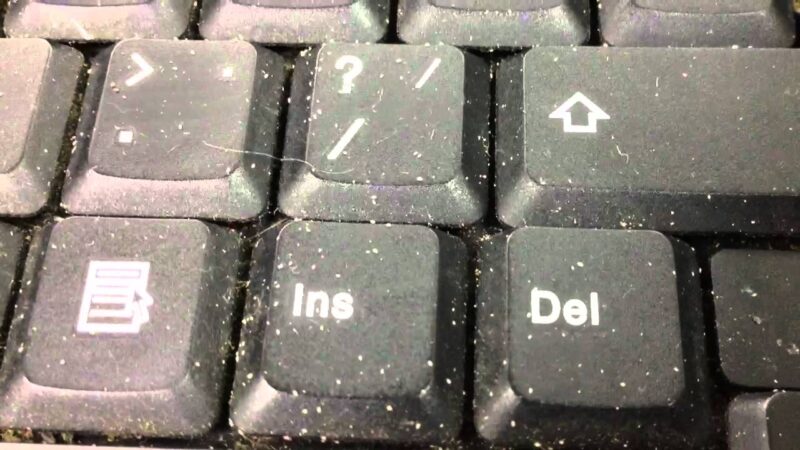Mold—often regarded as an unsightly and unwelcome guest in homes—can pose a surprisingly severe threat to one of our most valued tools: computer equipment. When you think of mold, images of damp basements or neglected corners might come to mind; however, the reality is that these microscopic spores can infiltrate even the most pristine environments.
They don’t just linger on the surface; they can seep into the intricate components of hardware, creating a cascade of problems that range from minor irritations to catastrophic failures. The delicate balance of moisture, air, and temperature within the machinery can become a breeding ground for mold, leading to inefficiencies and damage that may be both costly and inconvenient.
So, what should you know about this stealthy foe, and how can you safeguard your technology from its insidious reach? This article will unravel the complexities of molds impact on electronics and offer actionable strategies to mitigate its effects, ensuring your devices remain healthy and functional.
Introduction to Mold and Its Impact on Technology

Mold, often seen as a mere nuisance in the home, poses significant and often overlooked threats to technology, particularly computer equipment. This seemingly innocuous fungus thrives in damp environments, creating spores that can infiltrate electronic devices, leading to potential malfunctions and long-term damage.
When mold settles in the crevices of circuit boards or around cooling fans, it can hinder airflow and conductivity, resulting in overheating and, ultimately, system failure. The implications extend beyond mere hardware issues; data loss and costly repairs can loom ominously on the horizon for unsuspecting users.
Understanding the risks and employing preventive measures become paramount for anyone reliant on technological devices, ensuring that mold doesn’t become the silent saboteur of their digital life.
Health Risks Associated with Mold Exposure in Tech Spaces

Health risks associated with mold exposure in tech spaces can be more insidious than many might realize, extending beyond mere equipment damage to potentially severe health implications for occupants. Mold spores, when inhaled, can trigger allergic reactions, asthma attacks, and even respiratory infections, particularly in individuals with pre-existing health conditions.
In enclosed environments like server rooms or offices where humidity levels can fluctuate, the presence of mold can result in a cocktail of symptoms—ranging from headaches and fatigue to cognitive issues and skin irritations. Moreover, prolonged exposure might lead to chronic conditions, putting employees at risk and disrupting productivity.
Identifying and addressing mold growth swiftly is not just a matter of protecting machines; it’s essential for safeguarding the well-being of everyone who steps into these tech spaces.
Steps to Safely Clean Mold from Computer Components

To safely clean mold from computer components, begin by ensuring you’re working in a well-ventilated area and wearing appropriate protective gear, such as gloves and a mask. Power down the device and unplug it to eliminate any electrical hazards.
Carefully open the case, taking caution not to damage delicate parts. Use a dry microfiber cloth or a soft brush to gently remove visible mold, being mindful not to spread spores.
For stubborn patches, lightly moisten the cloth with isopropyl alcohol—this helps sanitize without introducing excess moisture. Avoid using water directly on any components, as it can cause further issues.
After cleaning, let the components air dry thoroughly before reassembling the device. Finally, consider placing silica gel packets inside the case to absorb any lingering moisture and help prevent future mold growth.
Conclusion
In conclusion, mold can pose a significant threat to your computer equipment, leading to malfunctions and irreversible damage if left unchecked. Understanding the signs of mold growth and taking proactive measures can help protect your valuable devices.
Regular maintenance, proper ventilation, and prompt attention to any moisture issues are essential in preventing mold infestations. If you suspect a mold issue, enlisting the help of a professional, such as a Mold Inspection Company, can provide you with a thorough assessment and remediation strategies. By staying vigilant and informed, you can safeguard your technology and enhance its longevity.


